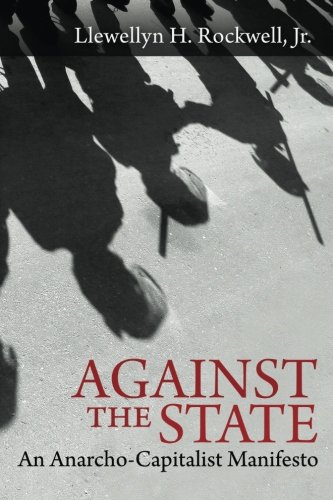The announcement of a “framework” for an agreement with Iran to limit its nuclear research and development had all the drama of a thriller – the extended negotiations, dragging out over several days and deadlines, the anticipation, the furor surrounding the process, and of course the naysayers carping from the sidelines, all focused the attention of the world like a laser.
President Obama did a masterful job in presenting the basic parameters of the deal in his speech: unlike his critics, he sounded like a true statesman, one who is looking to history, and not the next election or the next day’s headlines.
He stated clearly what are the alternatives to the peaceful resolution of this brewing conflict: war, or walking away from the negotiations – imposing heavier sanctions, blinding ourselves to what is
 Amazon Prime (One Year...
Check Amazon for Pricing.
going on in Iran, and following a course that eventually leads us back down the road to war. And he made a very important point, one that is not often brought up these days: we have been here before.
Amazon Prime (One Year...
Check Amazon for Pricing.
going on in Iran, and following a course that eventually leads us back down the road to war. And he made a very important point, one that is not often brought up these days: we have been here before.
During the cold war we faced the Soviet Union, a far more dangerous adversary. Instead of launching World War III, we negotiated with them – an enemy that had vowed to destroy us, and, unlike Iran, actually had the means to do so – and thus avoided a global conflagration. Citing John F. Kennedy – “We must never negotiate out of fear, but we must never fear to negotiate” – the President conjured cold war ghosts that are today largely forgotten: but those of us who lived through the Cuban missile crisis will never forget.
This is a very good deal: Iran has agreed to cut its installed centrifuges by two-thirds. It has agreed not to enrich uranium over 3.67 percent for at least 15 years. It has agreed to significantly reduce its stockpile of low enriched uranium. No new enrichment facilities will be built for 15 years. The “robust” inspection of Iran’s nuclear fuel supply chain will endure for 25 years.
The Fordow facility will be reconfigured so that it will no longer be used to enrich uranium: two-thirds of its centrifuges and infrastructure will be eliminated. Advanced centrifuges will be removed from the Natanz facility.
 Against the State: An ...
Best Price: $5.02
Buy New $5.52
(as of 11:35 UTC - Details)
Against the State: An ...
Best Price: $5.02
Buy New $5.52
(as of 11:35 UTC - Details)
The inspections regime imposed by the P5+1 is the most stringent in the history of such procedures. As the President put it, “If Iran cheats, the whole world will know.”
The current “breakout” time for Tehran to develop a workable nuclear bomb is about 3 months: under the proposed deal it will be at least a year. Their cheating, if it occurs, will be readily apparent. The sanctions will be lifted only if and when Iran complies with the agreement, in stages as compliance is verified.
What we have here is an airtight deal – here is the actual text – one that seems technically unassailable, and is certain to keep the Iranian nuclear program in a box from which it would be next to impossible for Tehran to climb out of without being detected.
So what’s the catch?




